The Doc Life: One Expert’s Advice on Getting Started, and Gearing Up, for Nonfiction VR
Each month in The Doc Life, Film Independent blogger Anthony Ferranti dives deep into the hows and whys of nonfiction filmmaking, featuring advice and hard-won insight from top veteran and emerging documentarians. Enjoy!
***
In covering Film Independent’s The Portal, an immersive storytelling showcase this past September, I was blown away for the second year in a row (see my coverage of the inaugural 2018 edition of The Portal here) by the filmmaking on display across both the program’s narrative and documentary lineup.
The experience sparked a desire to simply know more about how filmmakers are effectively utilizing XR technology in nonfiction storytelling. Like, what are some of the considerations a documentarian needs to consider when getting ready to tackle a VR project? And: what dramatic considerations are specific to immersive filmmaking not found in traditional “flat” cinema?
So in this edition of The Doc Life, I spoke with producer Amanda Shelby about the craft of VR documentary filmmaking. An award-winning creative strategist and technologist currently serving as “Chief Alchemist” at GRX Immersive Labs, where she has partnered with creators to make multi-platform experiences spanning VR180, 360-degree video and augmented reality.
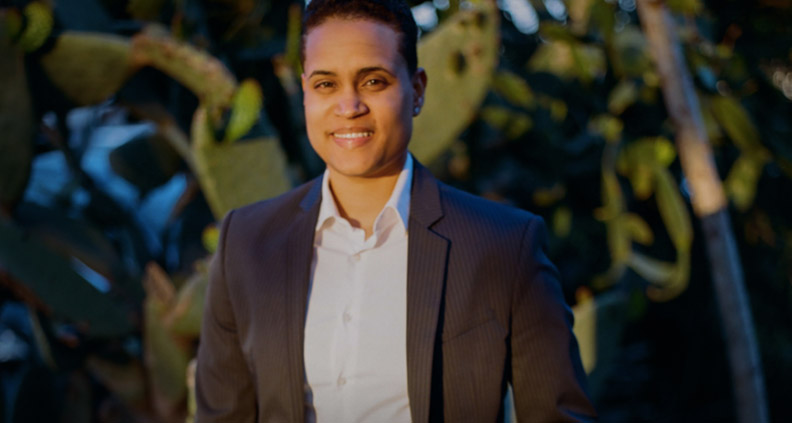
Shelby shared some advice about getting started in documentary XR, including tips about camera equipment and best approaches to shooting, editing and more. “First, I want to say that traditional filmmaking can be more forceful [than VR],” Shelby says. In traditional film, she continues, “You have a 16×9 frame, and everyone has to look there. A VR project is very different. You coerce the audience to go on this ride with you. The energy is softer—meaning you have to consider how people are going to feel a lot more.”
In a 2-D viewing environment, audiences can look away from the screen. But when someone puts on the VR headset to enter an immersive experience, there’s nowhere else to look. Shelby acknowledges that people can take their goggles off, but they don’t, she says. “They stay in it.” Shelby also encourages filmmakers to give serious consideration to an audience’s wellbeing.
“Think about the people who are going to experience your content. You’re asking them to blindfold themselves in public to watch your content. The body literally has a chemical reaction when you’re put into a blindfold, which is essentially what a goggle is. Small doses of adrenaline enter into your bloodstream and the adrenaline makes you your awareness heightened.”
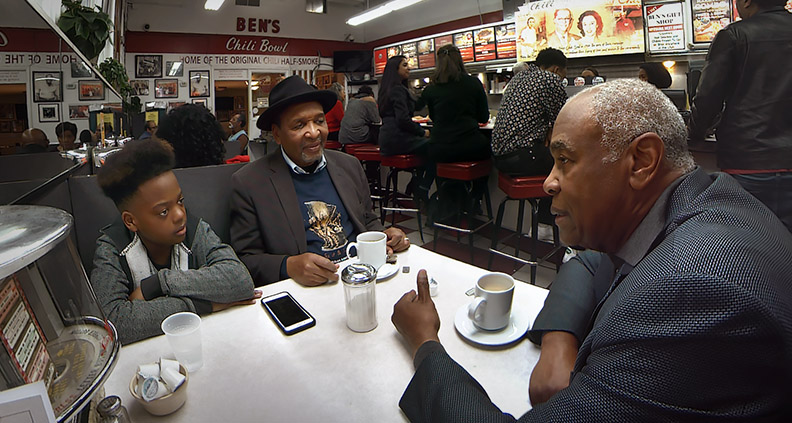
Based on her experience working in the medium with various nonprofits, Shelby wants filmmakers to understand that immersive media taps into a wholly different part of the brain than traditional film.
“Basically, the experience is telling the brain, ‘this is real.’ As a documentary filmmaker, your job is to open people up, to bring people into the world. Documentary filmmakers can make really great VR people because they get that. They understand how to immerse an audience.” However, Shelby cautions, filmmakers need to understand the dramatic difference between 2-D and immersive VR, which is that you can’t rely on shock value to bring audiences into the space—It can be too shocking.
For instance: let’s say you produce a promo piece in VR asking for donations to help feed starving children in some impoverished area of the world. Chances are high that placing a viewer directly within that environment might be completely overwhelming—and that instead of eliciting sympathy and moving people to action, you’re just as likely to traumatize viewers by triggering a fully physiological empathetic response.
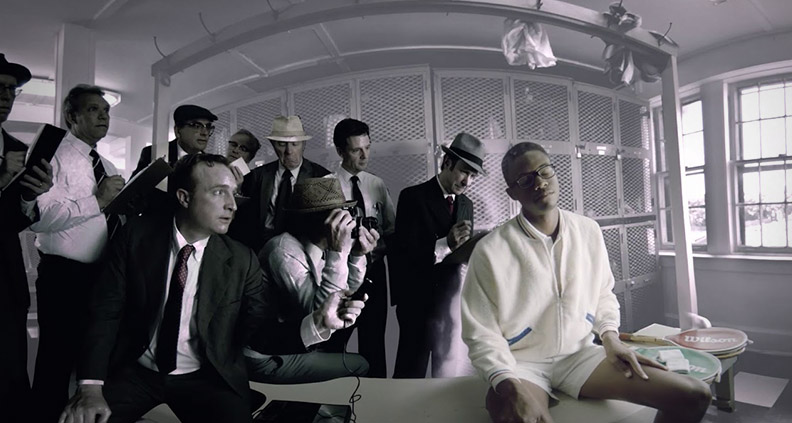
Before you go out and grab up a VR rig to begin filming, Shelby suggests spending time gaining an understanding of just how different shooting with a VR camera is as opposed to traditional filmmaking. “If you’re trying to get the person to talk directly to the camera, it can take a little while to get them warmed up,” she says. “Because they [the interviewees] are looking for the lens, they’re looking for the thing that looks familiar. Likely, it’s already an awkward conversation; most of the time in documentary work you’re going to be getting into people’s intimate business. And there’s no real way to do, like, an offset angle. There’s no real way to say, ‘Here’s your eye line.’”
But, she says, “There are ways to kind of make it more comfortable. Putting the camera in-between you and your subject and talking to it—they’ll follow your lead. Make it about the both of you having a conversation, and, every once in a while, acknowledge the camera. Creating that triangle allows the person who’s watching to look back and forth. And at the same time, the person who I’m talking to can give me eye contact.”
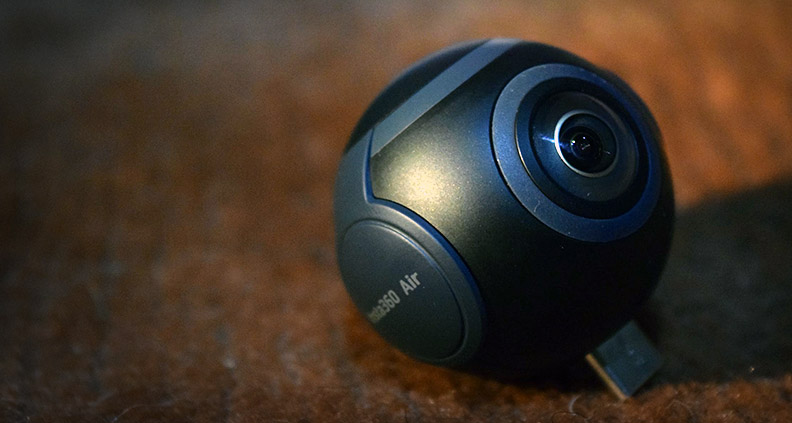
When it comes to equipment Shelby has a few recommendations that will deliver superior visuals, fit a modest budget or serve you well if you’re looking to keep a low profile or if mobility is key to grabbing the footage you need.
“The GoPro Fusion is a nice start,” she says, also recommending The Insta360 EVO. Both are, she says, “very small and can fit in your pocket if you’re in an area that’s may be dangerous.” And they’re both priced under $500. But if you’re shooting in a more manageable location you might want to break out the big guns, in which case Amanda recommends either the Insta360 Pro (or the newer Insta360 Pro 2), which will hit your pocketbook to the tune of somewhere between $2,500 and $5,000.
And, if you’ve got even more room in your budget, Shelby says to take a look at the Kandao Obsidian R or S—either are priced in the $5K neighborhood.
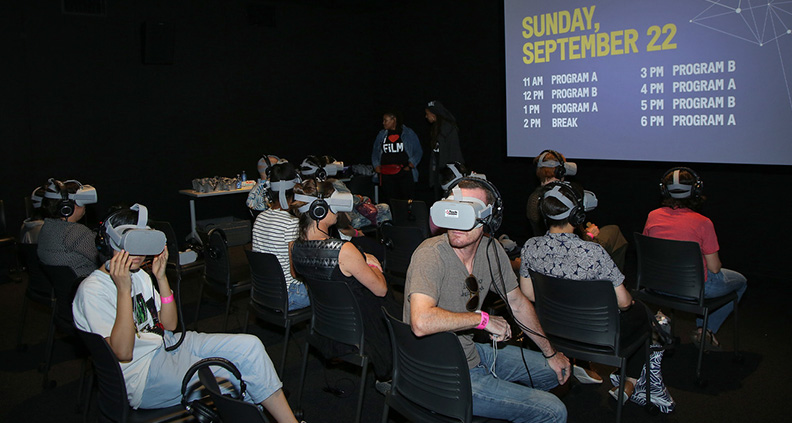
For those who are curious, this is the perfect time for documentarians to delve into the medium—a time for experimentation within XR, with filmmakers and other artists exploring possibilities for forging new paths to share real experiences with audiences interested in immersive nonfiction. So, what are you waiting for?
To learn more about Amanda Shelby, visit her website.
